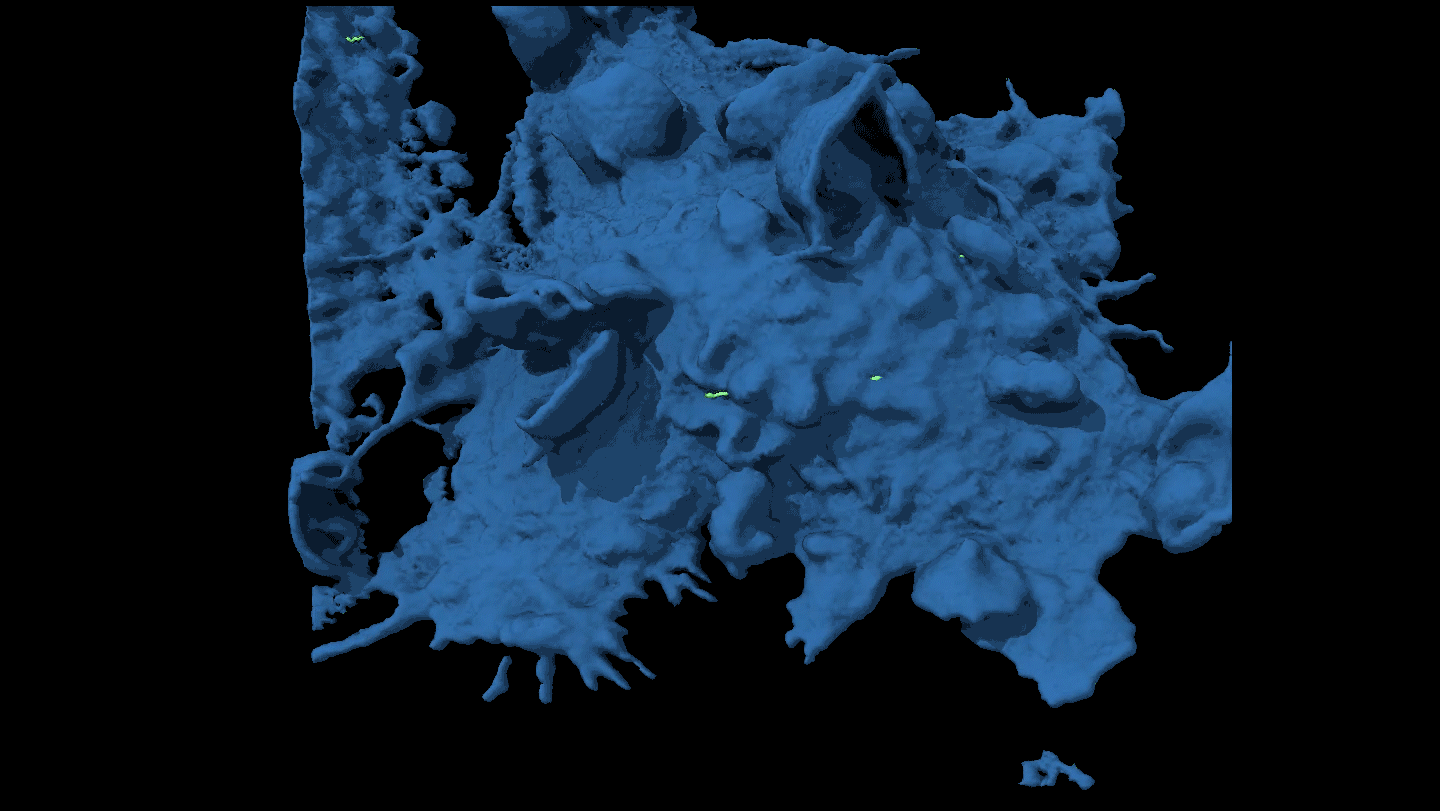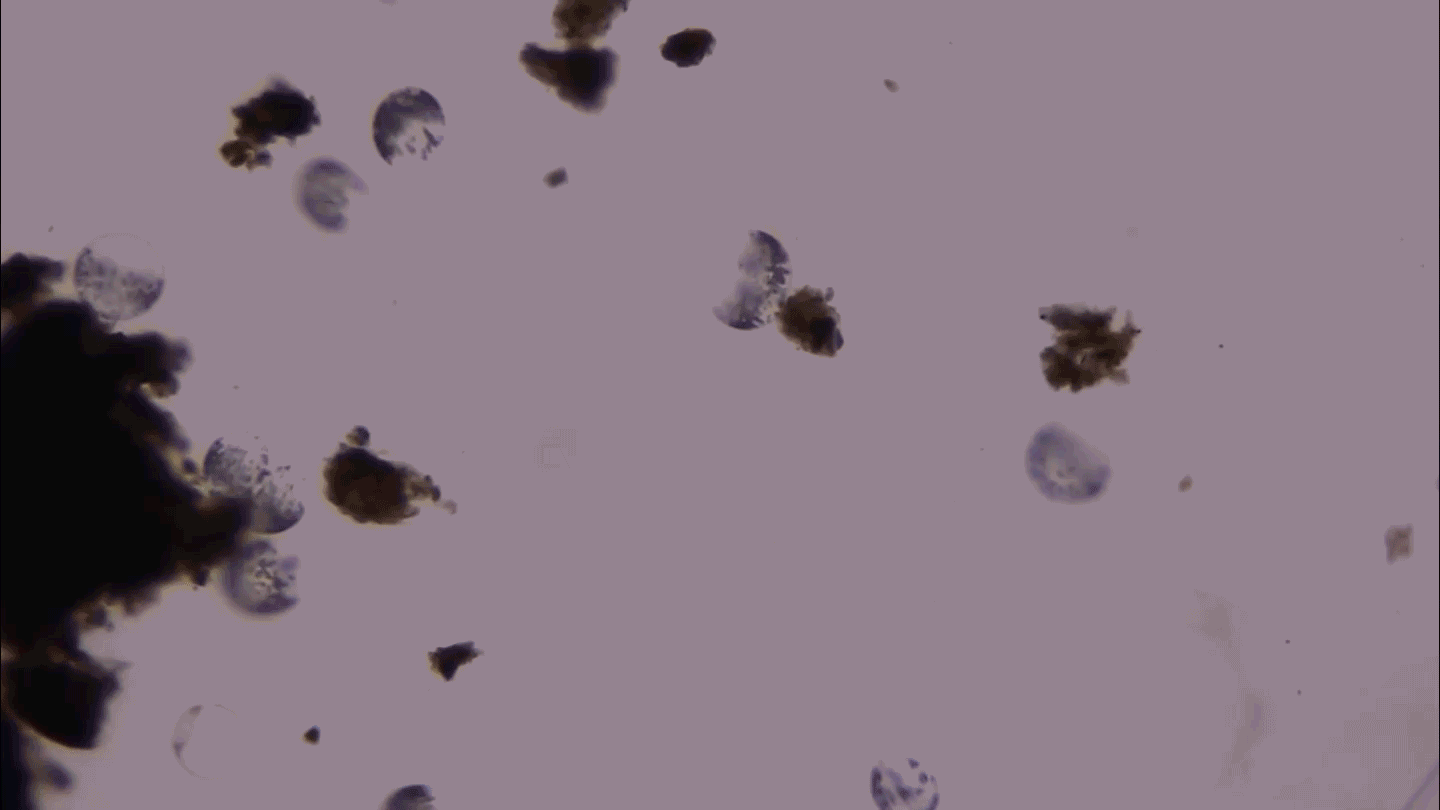- More than 2 years ago
Exercise can make over muscles — even at the DNA level.
Following an intense workout, certain chemical alterations to DNA appear in a person’s muscle cells, researchers report in the March 7 Cell Metabolism. These alterations turn on genes that regulate a cell’s energy.
This work helps clarify the mechanism by which exercise benefits cells. And it raises questions about whether the benefits of an active lifestyle are passed from parent to child, says study coauthor Romain Barrès of the University of Copenhagen. “Do we carry some consequence of whether our parents were active or not?” Barrès asks.
Genes can be turned on or off by a process known as methylation, in which a methyl group — consisting of one carbon atom and three hydrogen atoms — is added to DNA. This chemical tag can turn genes on or off, modifying the production of blueprints for making proteins.
Previously, scientists have shown that exercise can boost the activity of certain genes that can make proteins that regulate cellular powerhouses called mitochondria. Still, it was not clear what caused that boost.
For the new study, scientists analyzed biopsied cells from thigh muscles of adults who had completed low- and high-impact cycling workouts. After the more strenuous workout, muscle cells had fewer methyl groups attached to DNA and higher levels of blueprints for energy-regulating proteins compared with cells that had undergone a low-impact workout.
The researchers also exposed rat muscle cells to caffeine, which boosts a cell’s available calcium, an important component of muscle contraction. Caffeine exposure also seemed to result in fewer methyl groups attached to DNA and more protein blueprints produced.
This study opens up new ideas about the role of chemical modifications such as methylation in muscle function and development, says Michael Skinner, a researcher at Washington State University in Pullman. He also says that further research will need to examine whether other genes are affected by the chemical modifications to DNA found in this study.
“What this likely suggests is that if you did this early in life, while muscles were being developed, that might actually program the muscle,” Skinner says.







